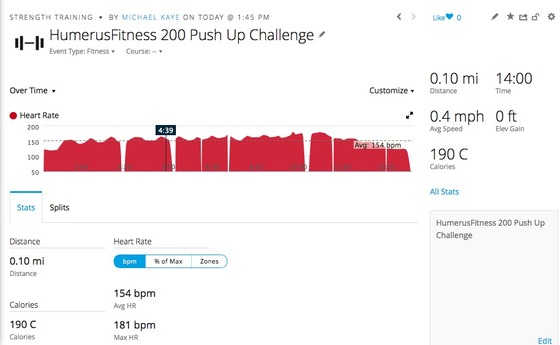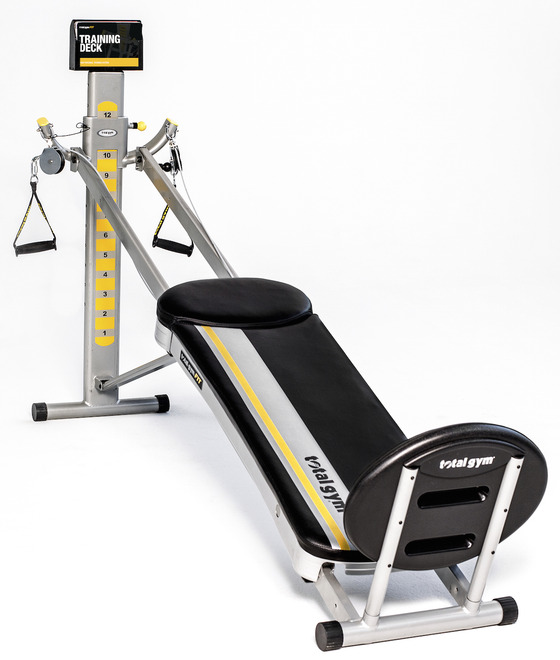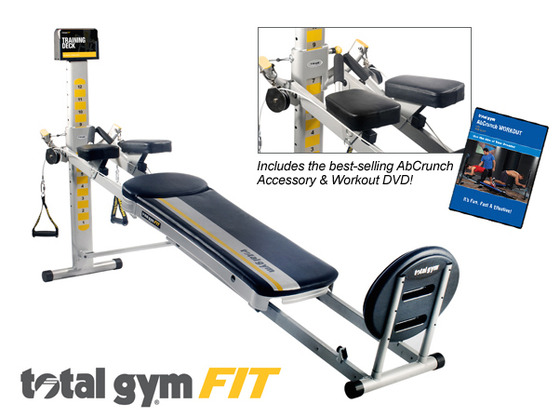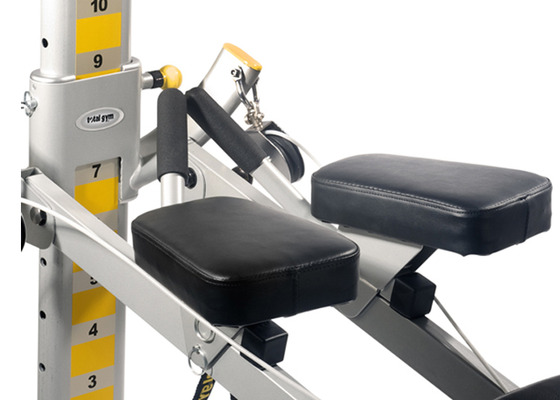
How does this video and post have anything to do with my YouTube subscribers, social media followers, blog article readers? Well, if you're watching my video or reading this article than chances are you are doing so from a computer, or laptop, or tablet, or smart phone of some sort and for sure you have an Internet connection!
I am not siding with the Mac or PC community, as a matter of fact a Google Chromebook is really neither of these and if anything I believe is more of what we can expect from the future in terms of where and how we will access all of our information compared to the current Mac and PC experience.

You may wonder how did my switch to a Google Chromebook all begin since I would have to say for the most part I am a fairly loyal Mac and iOS user? I guess Woot is to blame! Like most of their news letter styled emails, I received yet another one featuring some sort of cheap looking PC laptop but this one caught my eye because of the free 200MB of T-Mobile data per month for life! Which for me is a great offer since when I travel in the US (as I do often) I am virtually cut off from the Internet unless I find a WiFi hotspot. The other interests this HP Chromebook I was viewing offered me was the $200 price tag and the fact that it was NOT running a Windows OS :)

I took the plunge into a Chromebook thinking what do I have to lose, at least I will be able to get online when I am in the US and that right there is worth $200. Little did I know that I would find myself using my HP Chromebook 14 for everyday use much more than I ever expected...
You really need to watch my video since a Chromebook needs to be demonstrated rather than explained to really see what it can do, and what it can not do. After all I am not saying a Chromebook is for everyone!
Some of the main points I cover in my video are as follows:
A Google Chromebook is not a Mac or a PC so to speak.
A super streamlined Unix system is at the core of the Chromebook to access the hardware and run a basic fie system and of course the Google Chrome web browser and extensions.
Most of what you do on a Chromebook will be done via the Google Chrome web browser.
You will need an Internet connection for most everything you do on a Chromebook other than a few offline applications you may have installed (That said I challenge anyone to be productive on a computer or tablet or Smart phone without an Internet connection).

What can you do on a Google Chromebook? Email, YouTube, Facebook, Twitter, Netflix, Flickr, Dropbox, Evernote, Google Drive, Google Docs, Google Printing to a local printer, upload and view Photos. Pretty much anything you can already do using a web browser and then some... I can even do Screen photo and video capture and Remove Desktop control of a Mac or PC.
What can't you do on a Google Chromebook? Some hardware will not work that requires specific Mac or Windows downloadable extensions, offline work is difficult, heavy duty video and photo editing is not best suited to a Chromebook, power MS Office users or specific accounting software that is not online web based could be a problem at this time.
The super low price point of most Google Chromebook's is very appealing.
Specifications and performance: Generally a Chromebook has lesser specs than a Mac or PC laptop yet it outperforms them in how quick it will boot up, how long it will run on a charge and how snappy the operating system and online experience feels.
Ease of use: How hard is it to learn a new operating system? Well if you can use a web browser than you can use a Chromebook! System updates are automatic and virus protection is already built in.

Integration with your current "Eco System": I can not speak for the generic PC user but as a Mac user who lives in the Apple iCloud, I can run iCloud in the Chrome web browser and access my email, contacts and calendar info no problem. I have switched some of my photo requirements over to Flickr since they offer a Terabyte of storage and have migrated some of my documents over to Google Drive and Google Docs. As a PC user you may already be used to using google services like email, contacts, calendar drive, docs... So the migration to a Google Chromebook may be even easier for you.
All of your important data is in the cloud and all linked to your Google Account, you can access it from just about any device that can get online. No need to backup anything and no worries about losing your data or not being able to get at it. This might sound a bit scary to some people but it will be the way of the future as less information will be stored on local hard drives and more of it will be headed to the cloud. So get used to it, the Google Chromebook is a glimpse into what the future holds in terms of where your data is going to be stored and how a computer is going to access your information.
Is a Google Chromebook for you? I don't know? I was not sure if it was for me until I got my hands on one and really gave it an honest try. My HP Chromebook 14 has impressed me beyond my expectations and has worked it's way into my daily life more than I ever expected.
 Thursday, October 30, 2014 at 9:38PM
Thursday, October 30, 2014 at 9:38PM 
 Pushups in
Pushups in  Challenge,
Challenge,  Conditioning,
Conditioning,  Strength,
Strength,  YouTube Video
YouTube Video 












